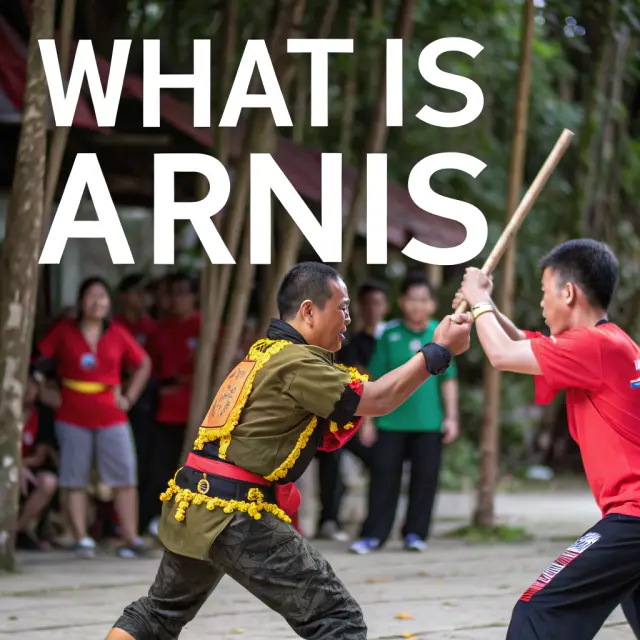Where is Occidental Mindoro
Occidental Mindoro is a province located in the MIMAROPA region of the Philippines. It occupies the western half of the island of Mindoro. Known for its rich culture, natural beauty, and biodiversity, Occidental Mindoro is a hidden gem in the Philippine archipelago.
Geographical Location
Occidental Mindoro is geographically positioned south of Metro Manila, bordered by Mindoro Strait to the west and the mountains of Mindoro Oriental to the east. It offers stunning coastlines, lush mountains, and numerous waterfalls.
History of Occidental Mindoro
Occidental Mindoro has a history enriched by indigenous groups such as the Mangyans, who have inhabited the island for centuries. During the Spanish era, Mindoro was known for its lush forests and abundant resources. In 1950, Mindoro was divided into two provinces: Occidental Mindoro and Oriental Mindoro, to improve administrative efficiency.
Culture and Economy
The province boasts a mix of cultures and languages, with influences from indigenous traditions and Spanish colonial history. Its economy is primarily agricultural, with rice, corn, and coconut as main products, alongside fishing and livestock raising.
Frequently Asked Questions
- How do I get to Occidental Mindoro?You can reach Occidental Mindoro by air via chartered flights to San Jose or by sea through ferries from Batangas to various ports in Mindoro.
- What are some tourist attractions in Occidental Mindoro?Popular sites include Apo Reef, Mount Iglit-Baco National Park, and White Island Beach.
- Is Occidental Mindoro safe for tourists?Yes, Occidental Mindoro is generally safe for tourists, but it is always advisable to stay informed about local advisories.
- What is the best time to visit Occidental Mindoro?The best time is during the dry season from November to May, when the weather is most favorable for travel and outdoor activities.
- Are there cultural festivals in Occidental Mindoro?Yes, the Pandang Gitab Festival is among the most celebrated, showcasing the province’s vibrant culture and traditions.

